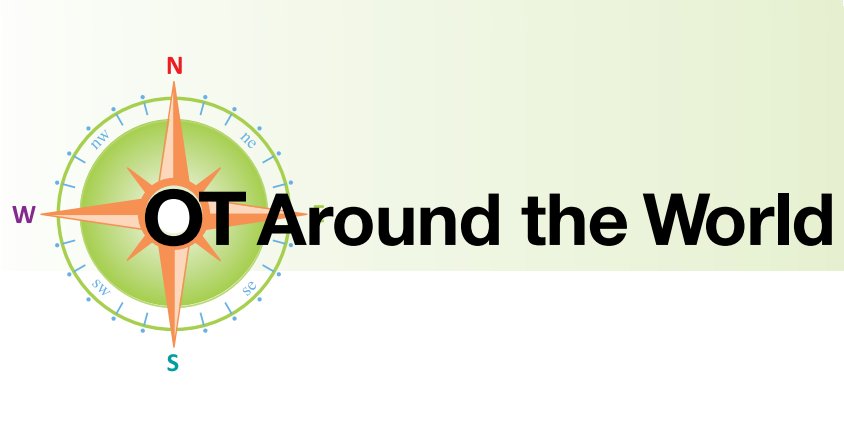After doing further research, I have decided to study the controversy of whether or not the use of Functional Electrical Stimulation (small electrical pulses through the muscles) should be used for injuries in children.
URL
What is it? What does it end with? What do those endings mean? Which ending is more credible?
The URL from my first article is https://www.kidsphysiotherapy.co.uk/kids-physiotherapy-functional-electrical-stimulation#what-are-the-benefits-of-treatment
The URL from my second article is http://www.oandp.com/articles/2013-04_04.asp
Both of these articles end in .com, meaning they are used for business purposes. URLs ending in .edu are educational websites and are often associated with universities or other educational institutions. If they end in .org then they are usually associated with a non-profit organization, and .net simply stands for network. If the ending is .gov, then that website is run by the government.
Generally, URLs ending in .org, .edu, or .com are usually more credible.
Author
Can you identify an author for the information? Can you verify the author's qualifications
My first article does not specify an author. The information supplied is supposed to represent the organization as a whole, and one person. This is due to the last tab "Contact Us" where readers can ask questions.
My second article is written by Phil Stevens. His name is immediately followed by his qualifications which include MEd (Masters in a Degree of Education), CPO (Certified in Orthotics and Prosthetics), and FAAOP (Fellow of the American Academy of Orthotists and Prosthetists). He is on the board of directors for that website, which is oandp.com,
"Your Resource for Orthotic and Prosthetic Information."
Last Updated
Does it say when the article was last updated? can you see if it is out of date?
My first article does not say when it was last updated, so there is no way to tell if the information is out of date. However, if this company is providing FES services, then the information should be up to date. The links provided at the bottom of the page only offer other services that the company does, not anything to do with FES.
My second article, however, indicated that it was last updated in April of 2013. Therefore, the information should be up to date, but I would have to do further research on similar studies after April of 2013 to know for sure. The links provided give the reader access to similar studies and articles involving FES, including sources from the study Stevens completed.
Purpose
The text of my first article is trying to persuade the reader to use their company for FES services. The information assumes that the reader is unfamiliar with FES, so it outlines what it is and in what cases it is usually applied. If the reader feels like FES might be useful for their situation, the text provides contact information.
The second article is simply informing the reader of a study done about history of the application of FES on different age groups, as well as the effectiveness of FES on children with Cerebal Palsy. It doesn't seem to promoting any idea in particular, just simply the study.
Graphics
The first article only had an cartoon at the top of the page, which had little to do with the contents of the page.
The second article had several pictures, all of child patients using the FES treatment. This gives the reader a visual of the controversy.
Position on Subject
The first article is very biased because it is trying to persuade the reader to use their services. It also seemed a little incomplete because the answers were very limited. Therefore, they are going to promote the use of FES heavily. They profit if the users believe this information. I can verify some of the information with other sources.
The text of the second article is relatively unbiased because it outlines a study to see if FES is appropriate for children. However, the graphics associated with it, as well as the website began to persuade me as a reader from the beginning that the FES devices were effective, even before I reached the results section of the study. Because it is a study, I can verify this information with other studies done.
Links
The first source does not suggest other sources for information, other than ways to contact the company itself, and links to other sections of the website that differ from the topic on that page. It does not cite sources, so I am hesitant to believe this information.
The second source cited many sources due to the nature of the study done. In addition, the editor provided a link to a similar study done on adults, if the reader was interested. Because of this, I am more comfortable believing this information than the information in the first article.







